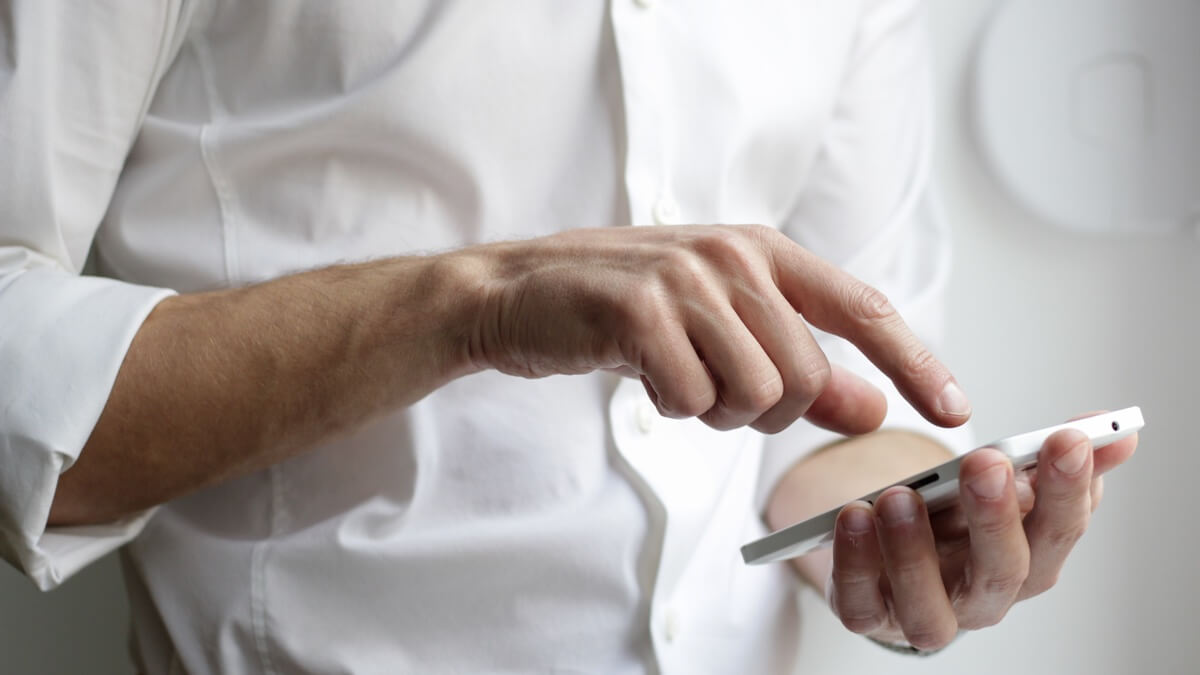
The use of digital health tools is increasingly becoming the norm, offering faster and more accessible ways to share and receive information, as well as providing access to many healthcare services at the touch of a button. While most are accepting of these new tools, organizations are starting to come up with guidelines around digital health strategy and implementation. For example, the World Health Organization (WHO) recently released its recommendations on “Digital Health Interventions for Health System Strengthening”. Other guidelines have been published by The Clinical Trials Transformation Initiative, Xcertia and The American Medical Association.
Digital technologies for health can be described in two terms:
- eHealth: Healthcare services provided electronically via the Internet.
- mHealth: Also known as mobile health, mHealth is a subset of eHealth and is defined as “the use of mobile wireless technologies for health.”
In this blog, we weigh in on the movement towards digital health tools and discuss some of the pros and cons of going digital in healthcare.
The Positive Impact of Going Digital for Patients and Professionals
Traditional methods used by healthcare providers and hospitals for conveying important information, scheduling appointments and renewing prescriptions, either over the phone or in person, have often lead to long wait times for patients and ultimately, frustration in this digital age of immediacy.
As a result, more providers are now recognizing that patients are interested in online tools that allow scheduling and bill pay, e-visits and the ability to renew prescriptions or chat with a live administrator about questions. The need for these tools is proved by the increased use of patient-accessible mobile applications like ZocDoc, eScripts and others. We’re also seeing big players like Apple increasingly moving into this space, having recently partnered with various hospitals to collect and store medical records via the new Health Records feature on Apple devices. The information is accessible to patients and medical practitioners alike, so patients have all personal medical information conveniently located in one paperless place.
Many people are also moving away from traditional sources to receive healthcare information and are looking to social media first. According to a survey conducted by Wego Health, patient influencers “are most likely to turn to groups on Facebook, Instagram and Twitter as their first source for health information, followed by websites such as WebMD, patient advocacy organization portals, their doctor, patient blogs and YouTube. Only 3 percent said they prefer pharma websites.”
While patients are getting information from new sources, hospitals and healthcare professionals are beginning to lean on mHealth applications for sharing and receiving information such as birth and death notifications and for keeping organized health records.
In WHO’s “Digital Health Interventions for Health System Strengthening,” it is argued that healthcare professionals in rural areas or those who work remotely, appreciate the efficiency of digital health tools as it allows them to offer services through the device. For workers in both rural and urban areas, these tools save on travel time and allow for services to be offered remotely to patients, as professionals do not need to rely on receiving information that would normally only be accessible in the office. The FDA recently approved “Current”, a wearable device that uses machine learning to remotely track and analyze vital signs. The device was already being used in hospitals, but with the remote clearance, doctors can now monitor patients at home in between visits.
Why Some May Feel Inclined to Stay Traditional and Avoid Digital
While technology is continuing to advance the healthcare industry, some might argue that digital health tools are complicating the system.
As noted in WHO’s digital health guidelines, health workers may perceive digital health interventions as increasing their workload when it means maintaining both a digital and paper-based system, especially when there are staff shortages or when they do not see the value in digital health. Additionally, acceptance of digital tools may be dependent on a professional’s digital literacy. Someone with a heightened digital literacy is more likely to be open to the implementation of new systems versus someone who is less familiar with the technology.
On the patient side, going digital may cause issues of confidentiality. Many patients may feel as though their personal health information will be disclosed or lost. To the point of digital literacy, it’s crucial that patients understand how their information is being documented. It’s also important for patients to understand the security measures taken to ensure confidentiality, even with digital records.
The Verdict: Should We Rely Solely On Digital Health Tools?
Digital health tools offer significant benefits to the healthcare industry, and it would be a shame not to improve doctor and patient experiences with advanced technologies. However, digital health tools should not be relied on as a substitute for functional health systems already in place, and rather, should be seen as a means of advancing the efficiency of healthcare services. As noted in WHO’s digital health guidelines, “the adoption of the recommendations in this guideline should not exclude or jeopardize the provision of quality non-digital services in places where there is no access to the digital technologies or they are not acceptable or affordable to target communities.” As always, patient care and outcomes must remain the top priority.